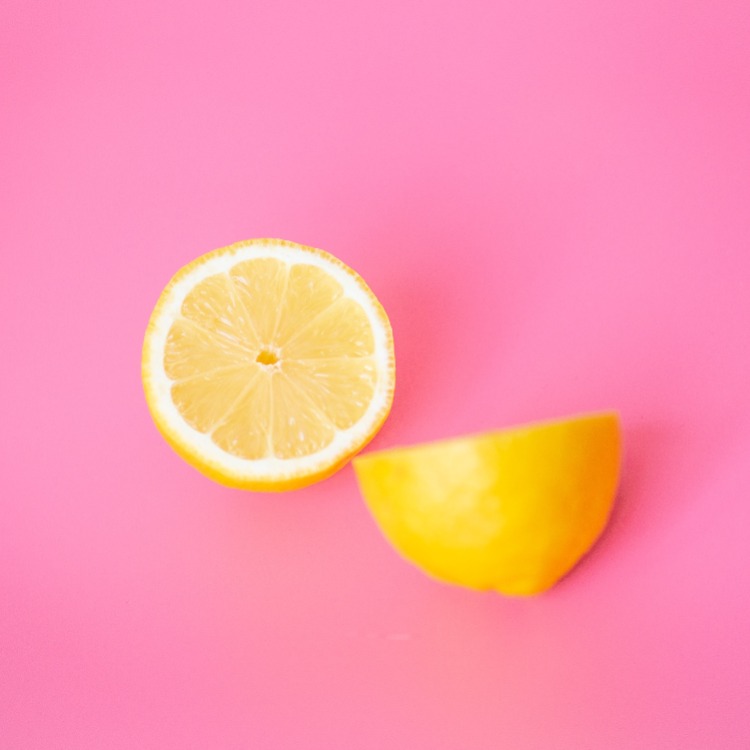
Ah, home sweet home! No matter how you feel about your dwelling, essential oils can change the vibe in seconds. Here we share our best tips for using aromatherapy at home.
We believe that when it comes to creating a space you can truly enjoy, nothing smells sweeter than the fresh, inviting scent of essential oils in the bedroom, home office, bathroom, lounge – even the kitchen!
Though there are plenty of ways to integrate essential oils into your home routines, here we share five to get you started.
1. Cleaning
So Fresh and So Clean
Floor mopping wasn’t really that enjoyable until I started adding essential oils into the mix. Now, it smells and feels so good to see clean floors and have a fresh house – free from harsh smelling chemicals. If you’re sensitive to chemical smells (like me) and have already been using fewer chemical floor cleaning mixtures, then it’s an easy step to add some antibacterial, invigorating, or soothing, scents to the mix.
The Aroma Guides both agree that the effect felt after a good house mopping using essential oils is both soothing and uplifting. Sparkling clean and beautiful smelling floors bring Zen to your home. Ommm.
Method: Start with very hot water and your preferred base for mopping floors. (Sian prefers a squirt of low-chemical detergent or castile soap and Nicola likes to add a handful of olive oil soap flakes to approx 5 liters of water).
Next, add a few drops of tea tree oil – for its excellent antimicrobial and antibacterial properties, or lemon oil, also for its wonderful antibacterial properties.
Either oil will combine well with peppermint or eucalyptus to bring a burst of freshness to the place. Get mopping!
2. Diffusers
Breathe In, Breathe Out
One of the most simple and effective ways to bring oils into the home is with an essential oil diffuser. Previously, the ceramic type which included a tealight candle below the main dish was the essential oil burner of choice. However, most of these actually “burn” the oils and you lose some of their wonderful properties. Yes, they still smell good, but they are less effective.
Thanks to modern technology there is now a huge range of electronic diffusers that simply require water and a few drops of your favorite oil or essential oil blend.
There are so many blends to try, however, some Aroma Guides favorites include rosemary and lavender for focus and memory; orange oil to support immunity and for a happiness boost, plus rose and chamomile for their delicate aromas and calming properties.
Breathe on.
3. Antibacterial Use
Zap the Nasties!
OK, so this is cheating a bit as we have briefly covered the antibacterial part in the home cleaning and even diffusor section, but that’s the thing: essential oils are so diverse and can be used in many, many ways to help us lead more sustainable and healthier lives.
When it comes to using aromatherapy at home when you have a cold or flu, historically people have turned to classic inhalation methods to soothe mucous membranes or clear their airways.
This can be achieved by adding essential oils to a cotton handkerchief that’s carried with you, by adding a few drops to a diffuser, or the old-fashioned way – with a large bowl of hot water and a towel for steam inhalation (this last option won’t be suitable for young children).
Essential oils that may help soothe nasal passages and airways include tea tree oil, eucalyptus, lemon, and chamomile.
4. Cooking
What’s the Secret Ingredient?
Believe it or not, food-grade essential oils can be a powerful way to add aroma and flavor to sweets, baked goods, marinades, and even soups!
Since essential oils are extremely concentrated, you must not directly ingest these undiluted. It’s also important to note that not all essential oils are made to food grade standards, so please check the label or contact the manufacturer directly to be certain.
The general rule of thumb here is that one drop of essential oil is roughly equivalent to a teaspoon of spice or dried herb. If you’re a fan of desserts, check out doTERRA’s Favorite Essential Oil Recipes: Desserts. Peppermint and black bean brownies anyone? Yes please!
5. Beauty
More than Skin Deep
We could talk for days about this topic! And as Aroma Guides, one of our objectives is to share our favorite skincare and beauty recipes that incorporate essential oils, so you can benefit from using aromatherapy at home.
Whether it’s a handmade soap, shampoo, bath melt, an after-shower body oil, face scrub, foot bath, body mist, moisturizer, or lip balm, the options are almost endless.
And that’s it! We would love to hear how you’re using aromatherapy at home. Leave a comment below and let us know.
Please note: the quality of the essential oils that you choose is always extremely important and more care should be taken when closely inhaling or ingesting them. Not all essential oils are considered food grade, so please check the label.


